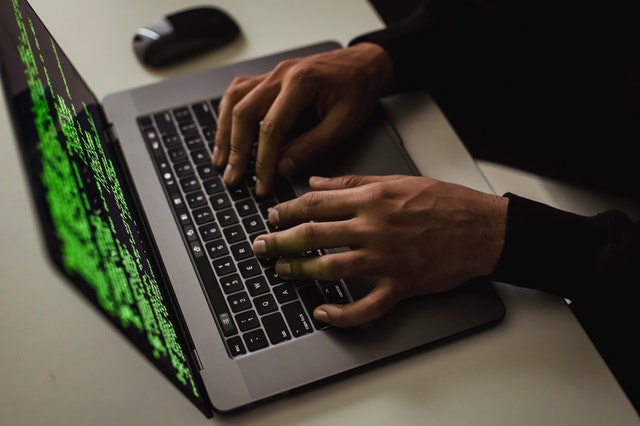Imagine you just started working as a specialist HR for a big health company. Your boss runs to give you your first big assignment.
He told you that your company needs to hire data scientists first, but they are not sure how to find it. The HR department is used to hire doctors, not people’s data. They are not sure what skills are common in the market, where talents are, what attracts them, or even how the job description is written.
To fix it, he asked you to go hunting the scavenger far to the internet to collect a job description for the position of the data scientist. After you have everything collected, you should read it all and make a report about the trend you noticed.
At first, you think, “Okay, cool, it sounds pretty easy.” But then you ask for how many job descriptions he wants for you to read. He said, “You know, around 7,000 must do a trick.”
Before you start reconsidering your career choices, you might want to talk to students based in Atlanta David Antzelevich. Utilizing what he learned in the Thinkful data science program, it uses machine learning and natural language processing to read, interpret, and analyze it for you. To complete your analysis, David first must prepare the text to read the computer Humans and computers read differently. We can easily see that “BA,” “BS,” “scholars” and “scholars” all refer to similar types of degrees. Computers, on the other hand, will read this all as different terms. Before the computer can read text, David must clean it a little.
To do this, David uses regular expressions to stand different spelling and produce good and clean text ready for computer processing. After he finished tidying, David built a unattended learning model to classify sentences into different categories (such as information about the company, description of ideal candidates, and descriptions of roles and responsibilities, etc.) To do this, David uses the Word2VEC NLTK algorithm. This algorithm employs a dictionary and vector to identify similar words. For example, it can connect one type of data science technology and quickly find all other types of technologies mentioned in the text.
In fact, David did that. With Word2VEC, David identifies and compares the top technology mentioned in the data science course job description. The analysis shows that Python, R, and SQL are the most common.
Businesses and organizations in the modern world are driven by data. Large data informs the main strategy and great decisions made by businesses every day. However, the large amount of data produced is every second in raw form. Data science is a multidisciplinary field that combines various tools, machine learning patterns, and algorithms to uncover trends and patterns in raw data. These trends and patterns are then used by businesses to optimize their productivity and income.
Data scientists analyze raw data to get valuable insights for businesses or organizations. The important part of their work is to work with stakeholders to understand their business goals, and know-how they can use data to meet these goals.
As the field of data science develops and becomes more important for business operations, can be challenging for beginners and people without a technical background to understand the various terms thrown by data scientists.
So, this is run-through from several general technologies, words, and phrases used in data science:
* Algorithm – A series of repetitive instructions given to the computer to carry out the duties of data scientists processing a large number of information. Algorithms are usually in a language that can be understood by humans. They can range from easy to super complex.
* Artificial intelligence (AI) – A machine that can use data fed to them and act in a smart manner referred to as artificial intelligence. This is one of the most interesting and evolving scientific aspects of the data. These intelligent machines can process data fed and use it to learn, adapt, and make decisions, replicate the human brain to some extent. For example, self-driving cars use data from various sources to make decisions about speed, round, and pass other people while on the road.
* Large data – As internet connectivity throughout the world increases, more data is produced every second. Large data refers to large quantities of data produced at high speed and exponential levels. The potential of science has increased rapidly because of large data.
* Analytics behavior – behavioral analytics use data to understand why and how consumers act in a certain way. Understanding consumer behavior using data allows businesses to predict their actions in the future. This prediction further helps businesses or data scientists in achieving favorable results.
* Bayes – The Mathematical Formula used to determine the conditional probability or the probability of one event that occurs in connection with other events that occur or do not occur. The Bayes theorem is used for probabilities and results that depend on unknown variables, and this is very useful in the field of data science.








